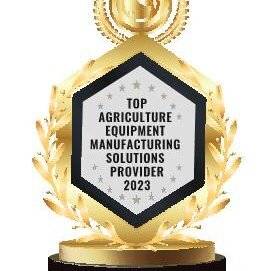Herding Rabbits

I’ve spoken with others who agree that it can take six or more revisions of a proposal to build or remodel a seed conditioning facility to get to a plan that is the right fit for everyone.
On the client’s side, everyone involved has an armload of ideas, needs, wants, and wishes to bring to the table. Most everyone can agree on a general need for something like more capacity, but after that, things can get more complicated. Every change or decision has an impact on something else. Will it fit? Can we build it that way? Putting a dollar figure on a plan is not nearly as difficult as putting the right things into a plan.
Once stakeholders have been asked what they want to include in the new plan, the list of “it would be nice if” ideas starts flowing. It’s good to get all these ideas and questions out on the table. As the list expands, so does practical imagination. This is where the rabbit herding begins. Let’s understand what is really important in spite of initial ideas and words expressed. It seems like wants and budget are conversely related. It is good to have all the operators, managers, and stakeholders involved to help align things and keep the discussion going down the right path.
To guide the discussion, we bring our design, imagination, creativity, and experience to the table. I think Walt Disney called this “Imagineering.” We understand that our customers often look at things from an operational point of view while we are doing our best to incorporate their ideas into an efficient, buildable plan. We help them consider whether their initial vision is too focused on the here-and-now, lacking a sufficiently long-term horizon. It could be an expensive failure for a company to reach its 10-year strategic goal in two years because its planning failed to consider the effect their new facility would have on customer perception and sales. It’s the old “if you build it, they will come,” thing ya know.
Once the rabbits start running in herd formation, and the facility design begins taking shape, we can focus on making certain that the design proposal covers the here-and-now as well as the future. Now that I’ve made this sound difficult, I should tell you that this is my very favorite part of my job.



